Eco-friendly design
1/ What is eco-friendly design?
Eco-friendly design designates the best practices aimed at reducing the environmental impact of a product during its design. This approach applies to a wide variety of domains, and in particular to the digital domain (including website design). Did you know that the weight of a web page multiplied by 155 between 1995 and 2022 and is continuing to grow? In terms of carbon footprint, new technologies emit more greenhouse gases than civil aviation! Source EcoIndex:
2/ What does eco-friendly website design entail?
In practical terms, eco-friendly website design aims to reduce water consumption and greenhouse gas emissions, and improve the performance and browsing of pages, whilst ultimately noticeably improving the user experience!
Eco-friendly design is a focus throughout the lifecycle of the project, from design to development and not forgetting subsequent updates. It involves acting on a number of key factors to reduce digital pollution:
- Optimising the information architecture to ensure a more efficient user experience.
- Compressing the website’s development resources and files.
- Limiting carousels, animated GIFs and other superfluous animations.
- Reducing the size of media files (images, videos, audio, etc).
- Limiting cookies, or even using no cookies.
3/ Kereis opts for eco-friendly website design
KereisIberia.com – EcoIndex A to B (calculated on 13 december 2022)
With a desire to cement its CSR commitments, Kereis has naturally adopted a responsible design of its website ecosystem. For the Kereis.com site, as well as the sites of all of our brands and subsidiaries, we adhered to the “115 rules of eco-friendly web design”. This is a reference guide created by GreenIT (4th issue published in May 2022) and used by all Web professionals seeking to reduce the environmental impacts of their online services, websites and mobile applications. Source:
This score is calculated and can be checked via the GreenIT-Analysis plugin, a browser extension that is used to quantify environmental impacts. The tool also checks the use of the aforementioned rules aimed at reducing these impacts.
The following pages were tested with the plugin on 13 December 2022:
- Homepage: score B (EcoIndex 76.10)
- The Group: score B (EcoIndex 73.80)
- Our commitments: score B (EcoIndex 76.63)
- Our strategy: score A (EcoIndex 82.6)
- Sites and subsidiaries: score A (EcoIndex 81.86)
- Contact: score A (EcoIndex 87.54)
This index will be updated regularly.
